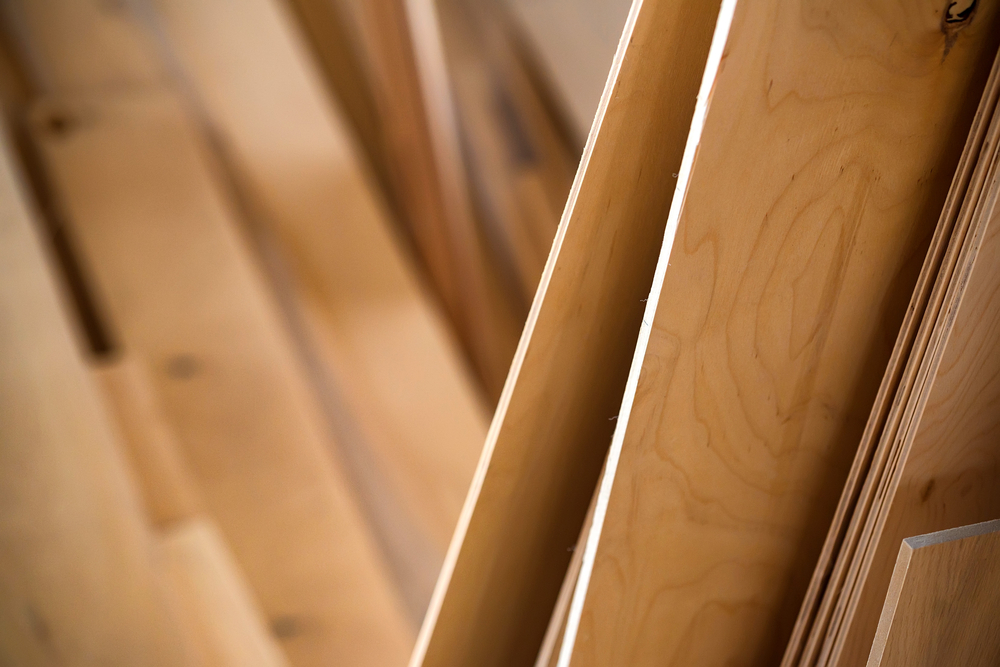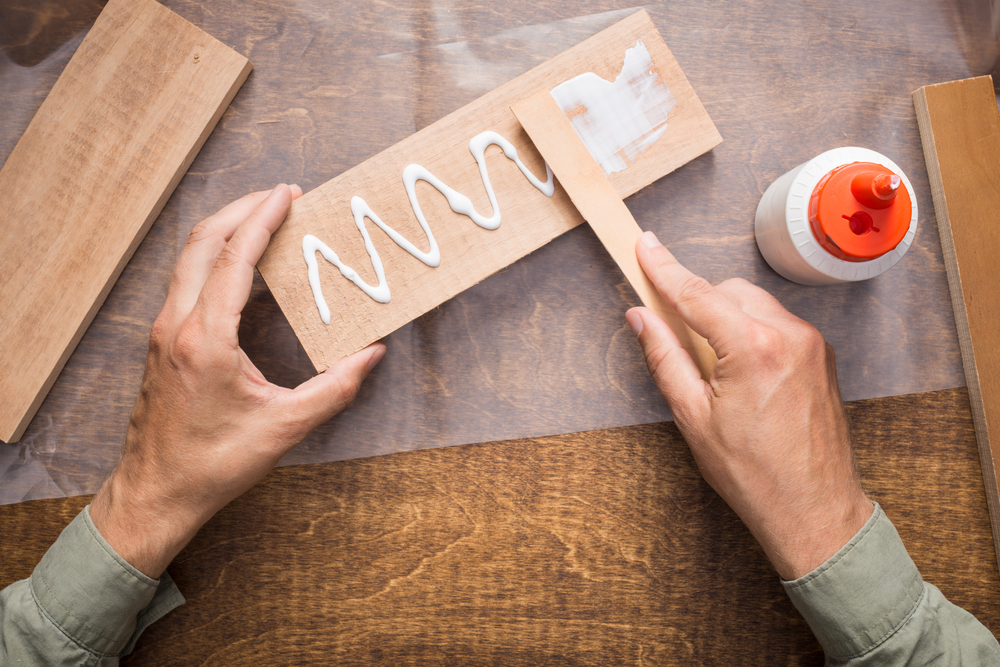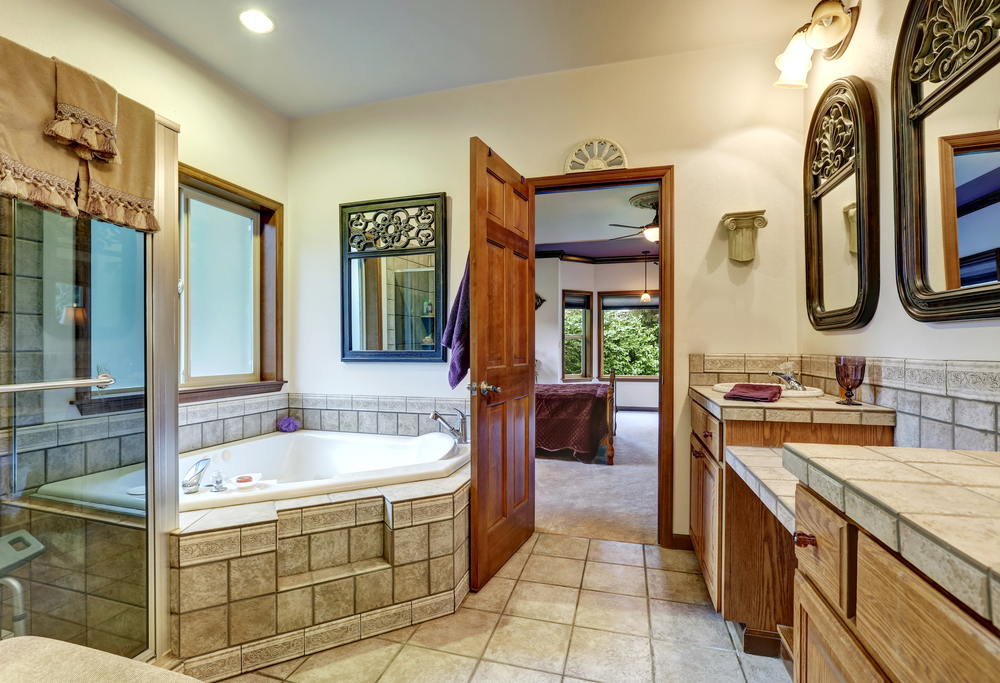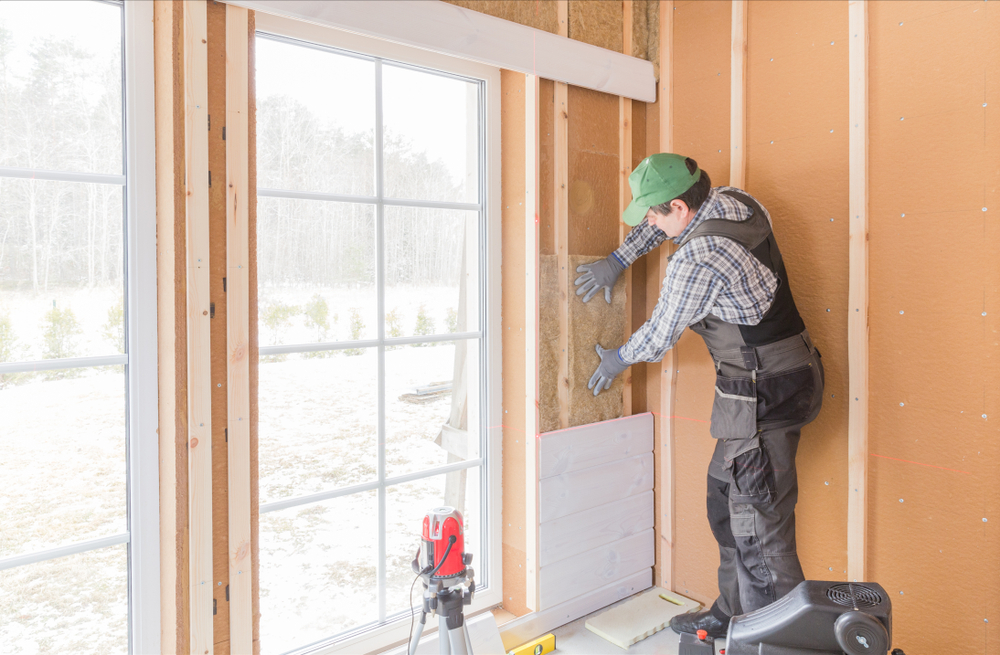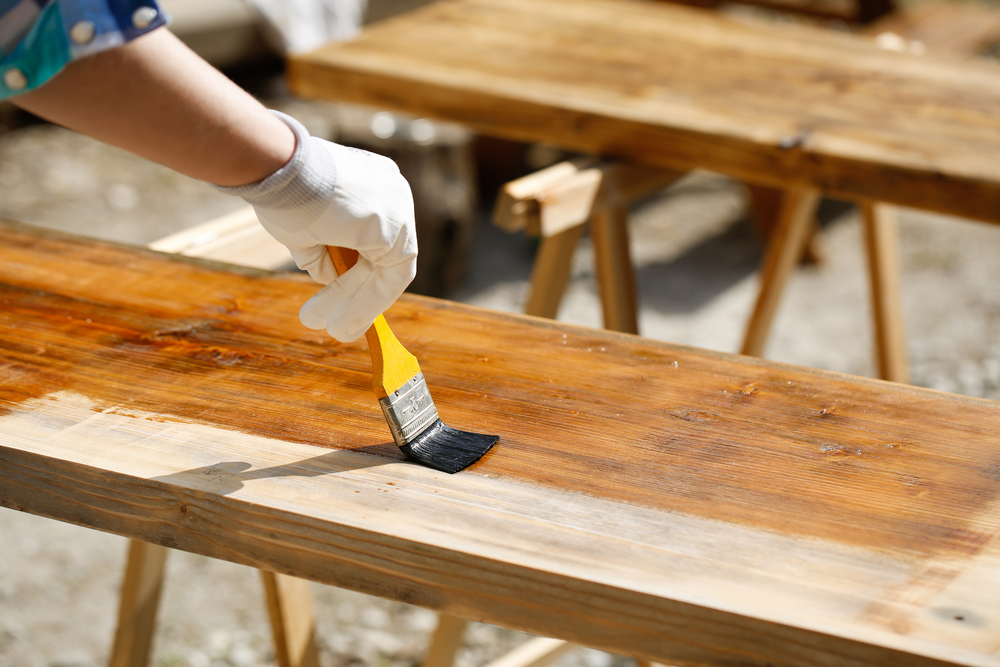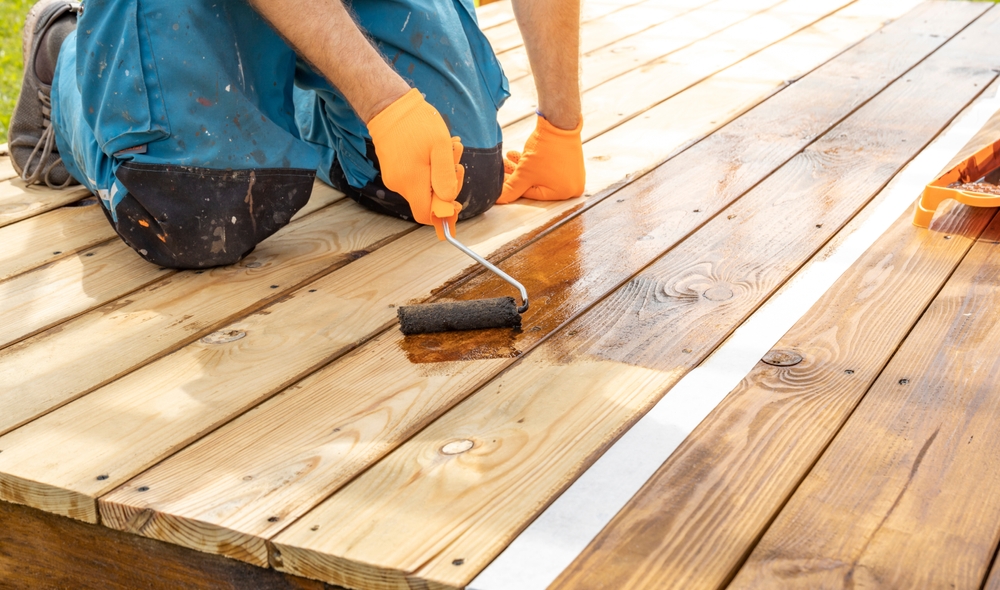Understanding Window Putty: An Overview
Window putty is a material commonly used in glazing, the process of securing glass panes into window frames. It serves as a sealant, keeping out wind, rain, and dust. Though simple in composition, it plays a crucial role in maintaining window integrity. Traditionally, window putty consists of linseed oil and powdered chalk. This blend creates a dough-like consistency that adheres well to both glass and wood. It hardens over time, forming a long-lasting seal.
The Role of Window Putty in Construction
In construction, window putty is essential for its malleability and sealing properties. It accommodates movement caused by temperature changes, which can expand or contract window frames. When applied correctly, window putty prevents drafts, reduces energy loss, and provides sound insulation. It also protects the window by cushioning the glass against impacts. Using window putty helps preserve the life of both window glass and frames.
Application Techniques
The process of applying window putty requires skill and patience. Begin by ensuring the window frame is clean and free of old putty. Once prepared, roll the putty into a rope-like shape. Press it into the frame, framing the glass pane securely. Using a putty knife, smooth the putty to an even finish, creating a neat corner at the edge. Allow time for it to cure before painting over it. Patience is key, as rushing can lead to gaps and a weaker seal.
Advantages of Using Window Putty
- Durability: When cured, window putty offers a resilient barrier against elements.
- Affordability: Compared to alternative sealants, it remains cost-effective.
- Flexibility: Its consistency makes it easy to shape and smooth out during application.
These advantages make window putty a choice material for both new constructions and renovations.
Varieties of Window Putty
Though traditional linseed-based putty is widespread, various types cater to different needs. Each variety has unique properties suited for specific applications.
- Acrylic Putty: Ideal for modern windows, it offers fast drying times and flexibility.
- Silicone Putty: Offers superior weather resistance and longevity, suited for harsh climates.
- Water-Based Putty: Easier to clean up post-application, though less resistant to moisture over time.
Choosing the right type depends on the environmental conditions and specific requirements of the project.
The Historical Context of Window Putty
Window putty has been used for centuries, with its origins tracing back to ancient Greek and Roman architecture. Its development paralleled the evolution of glassmaking. As glass became more common in buildings, so did the need for reliable installation methods. Over time, the formulation of window putty refined, optimizing its adhesive and sealing properties. This evolution reflects ongoing innovations in building materials.
Maintenance and Repair
Maintaining window putty ensures the longevity of windows. Regular inspection can reveal cracks or wear. When repairs are needed, remove old putty carefully, avoiding damage to the glass. Reapply fresh putty following similar steps as the initial installation. Occasionally, repainting may be necessary to maintain the protective finish. Proper upkeep reduces the risk of leaks and enhances energy efficiency.
Challenges with Window Putty
- Drying Time: Traditional putty requires a lengthy cure period, potentially delaying projects.
- Skill Requirement: Applying putty demands precision, a challenging task for novices.
- Weather Sensitivity: Extreme temperatures affect its application and curing time.
Appropriate weather conditions and skilled application can mitigate these challenges.
Environmental Considerations
Window putty contributes to sustainable buildings by improving insulation and reducing energy loss. Linseed oil, a renewable resource, adds an eco-friendly aspect to traditional putty. Water-based and acrylic options offer lower emissions during production and application. Choosing the right putty balances effectiveness with environmental impact, supporting green building initiatives.
Innovations in Window Putty Technology
Advancements in chemistry have led to the development of more efficient putty formulas. Manufacturers offer products with accelerated drying times and enhanced adherence. Some modern putties contain additives that improve UV resistance and flexibility. These innovations cater to changing architectural needs, ensuring windows perform optimally in various climates and structures.
Comparisons with Modern Alternatives
While window putty remains a go-to solution, synthetic sealants provide alternatives. These sealants, such as polyurethane and epoxy compounds, offer quicker setup and varied applications. They’re used where rapid construction and minimal maintenance are priorities. However, they often lack the flexibility and historical compatibility of traditional putty with older buildings.
The Importance of Window Putty in Historic Preservation
Window putty is integral to preserving historic buildings. Many heritage sites still rely on traditional glazing methods. Replacing historic putty with modern alternatives can compromise authenticity. Its use maintains the original appearance and function, crucial in restoration projects. As a time-tested material, it aligns with preservation standards, ensuring the longevity of historic windows.

